The lesion was under the liver capsule in segment VI and adjacent to the right kidney. Preoperative CT imaging showed the targeted lesion in the right hepatic lobe, measuring 30.4 × 31.5 mm.
Liver cancer cryoablation is a minimally invasive therapeutic technique that offers a promising treatment option for select liver cancer cases. It utilizes extreme cold temperatures to destroy cancerous cells within the liver while sparing as much healthy tissue as possible. This approach is particularly suitable for patients who are not candidates for surgical resection or conventional therapies.
During the procedure, a thin, needle-like probe is precisely inserted into the liver tumor. The probe delivers ultra-low temperatures, typically below -40°C, creating an ice ball that engulfs and destroys the cancer cells. Repeated freezing and thawing cycles induce cellular damage, ultimately resulting in targeted tumor necrosis.
One key advantage of cryoablation is its ability to precisely target localized tumors, especially those not easily accessible through surgery or in patients with multiple small lesions. Additionally, cryoablation is generally well-tolerated and can often be performed on an outpatient basis.
The success of liver cryoablation depends on factors such as tumor size and location. Smaller tumors near the liver surface typically respond better to cryoablation, while larger or centrally located tumors near major vessels may require combination therapies or alternative approaches.
Clinical research has demonstrated that liver cryoablation can provide effective local tumor control and potentially improve survival outcomes, particularly when integrated into a multimodal treatment plan. However, as with any medical procedure, there are inherent risks, including bleeding, infection, or potential injury to adjacent structures.
As technological innovations and oncology research continue to advance, liver cancer cryoablation—supported by state-of-the-art cryosurgical systems—is poised to play an increasingly important role in comprehensive liver cancer management. Its minimally invasive nature and ability to address challenging cases position cryoablation as a valuable tool in liver cancer management.
The lesion was under the liver capsule in segment VI and adjacent to the right kidney. Preoperative CT imaging showed the targeted lesion in the right hepatic lobe, measuring 30.4 × 31.5 mm.
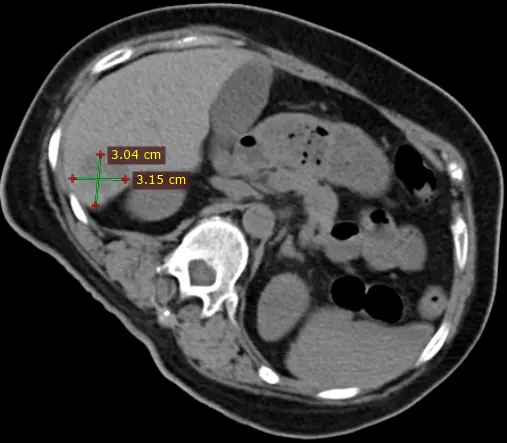
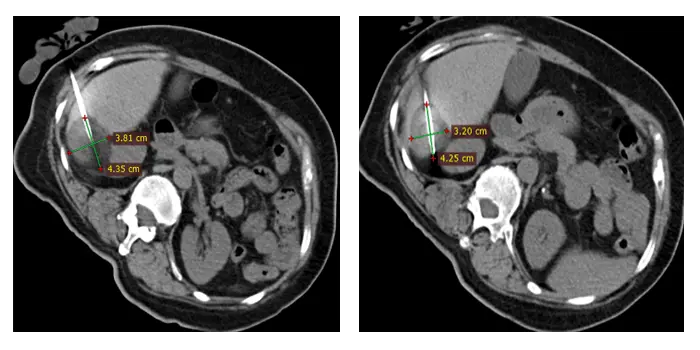
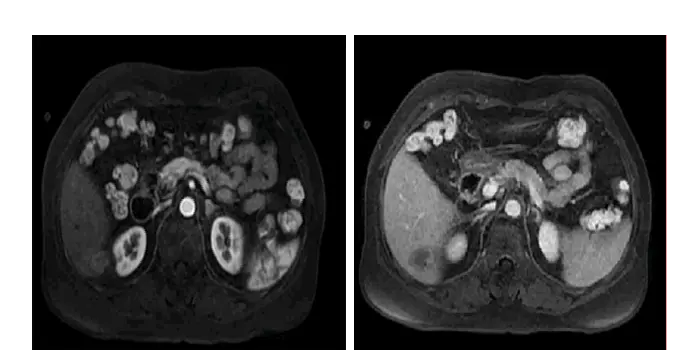
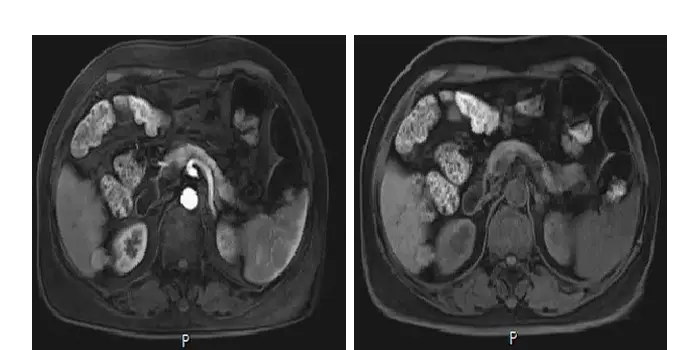
The lesion was adjacent to portal vein. CT scan showed that the lesion was at the junction of IV and V segments, sized as 41×32mm.

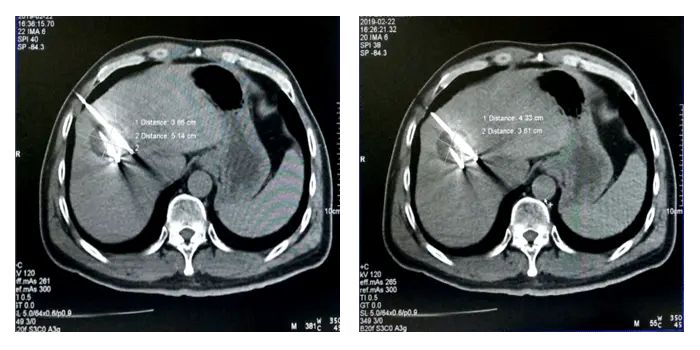
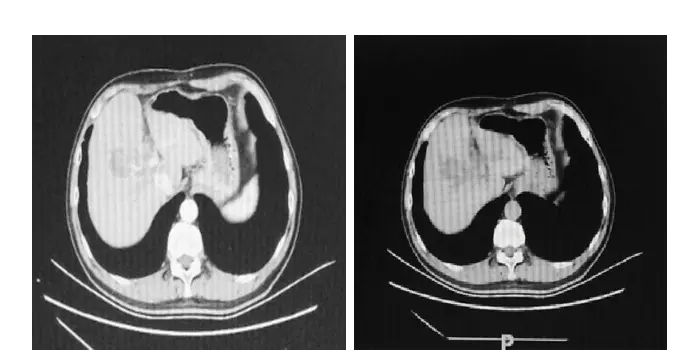
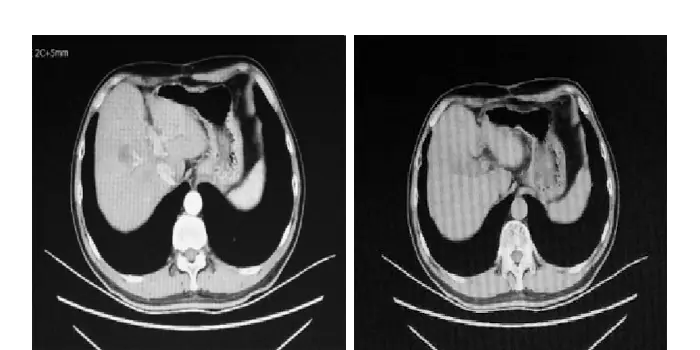




 Hygea Medical Technology Co., Ltd.
Hygea Medical Technology Co., Ltd.